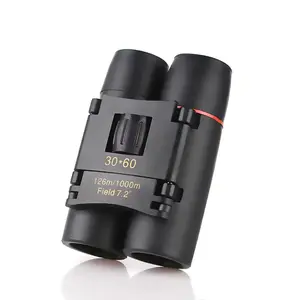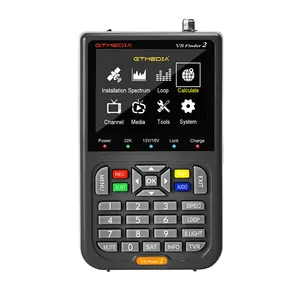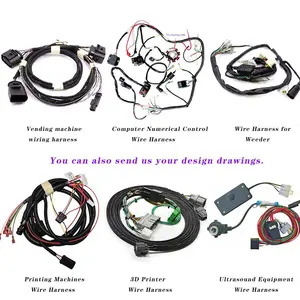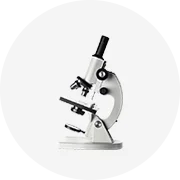







救助用途向けのハイワーク工業用バージョンハーフボディセーフティハーネスポリエステルハーフボディセーフティハーネス
すぐに出荷可能
JP¥2,202 - JP¥2,438
最小注文: 1 ピース
1個あたりの配送: JP¥2,979






























全身安全ハーネスバックパッド入りDリング落下防止安全ハーネス高さ構造での作業用ANSIZ359準拠
すぐに出荷可能
JP¥4,403 - JP¥5,504
最小注文: 2 ピース
1個あたりの配送: JP¥5,428






ANSI Z359.11認定ポリエステルウェビング落下防止全身安全ハーネス、エネルギーショックアブソーバーストラップ付き
JP¥331 - JP¥346
最小注文: 500 ピース
1個あたりの配送: JP¥3,721












電気ジップラインansiクライミング安全フルボディハーネスベルト落下防止ダブルフック価格
すぐに出荷可能
JP¥2,357 - JP¥2,799
最小注文: 10 ピース
1個あたりの配送: JP¥1,755


















ANT5PPEANSIフルボディハーネス産業および建設作業における落下防止用個人用保護具
すぐに出荷可能
JP¥4,718 - JP¥5,252
最小注文: 100 ピース
1個あたりの配送: JP¥1,238






OSHAおよびANSI準拠のシングルレッグ75フィートSRLスチールスナップフックエンド、キャリーオンハンドルおよび落下防止用タグライン付き
JP¥40,096 - JP¥42,454
最小注文: 5 ピース
1個あたりの配送: JP¥3,324











ハーネスansiについて
化学用品から医療ラボ機器に至るまで、さまざまな種類のラボ向けに ハーネスansi の卸売りを提供しています。これらの設定で行われる複雑な作業では、科学的な供給は正確である必要があります。 ハーネスansi のコレクションを参照して、さまざまな分野で必要とされる適切な科学実験用品を探してください。
科学実験用品に含まれ、基礎に必要な一般的なアイテムがあります。学校で見られる仕事。たとえば、顕微鏡を使用すると、学生と研究者は同じように小さな標本を観察できます。ブンゼンバーナーは、直火での加熱と滅菌を支援し、化学物質の反応を可能にします。温度計は、ブンゼンバーナーと一緒に使用するための生物学実験キットまたは化学実験用品のいずれかにあります。ユーザーが次のステップに進む前に、正確な温度を追跡するのに役立ちます。
上記のラボ用消耗品の他に、歯科技工所の機器も販売されています。これらには、クラウンなどのセラミック製品を製造するためのダイおよび鋳造装置や歯科用炉が含まれます。歯科用ワックスがけ装置のセットは、歯科補綴物の計画と設計に役立ちます。
学術の進歩、次の科学的発見、または毎日の用途にかかわらず、さまざまな用途に対応できる消耗品と装置を用意しています。一般の人々が必要とする必要性。




































































































































